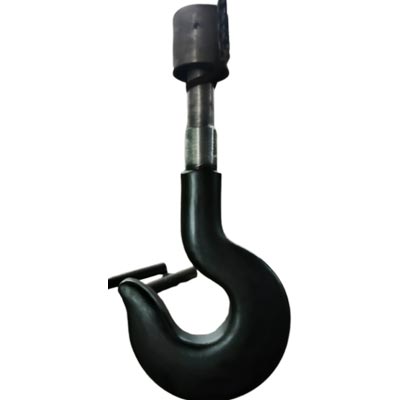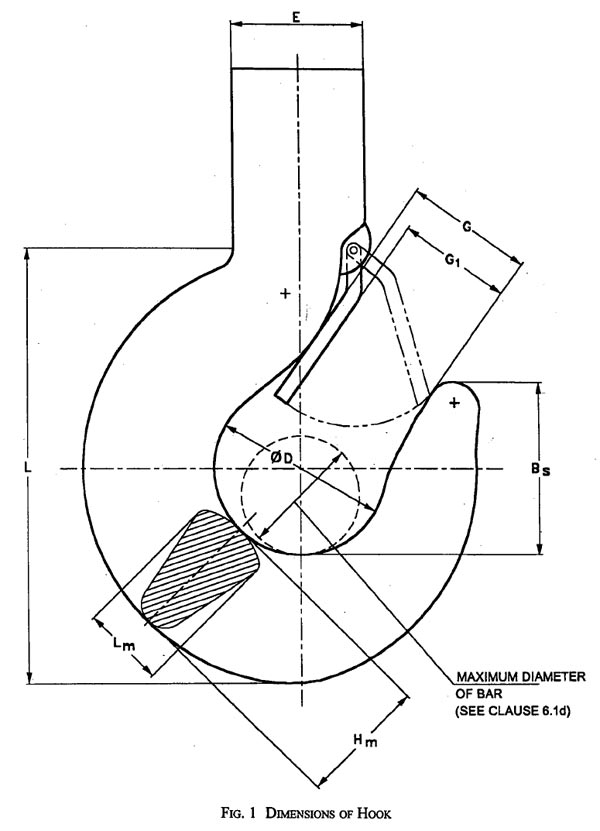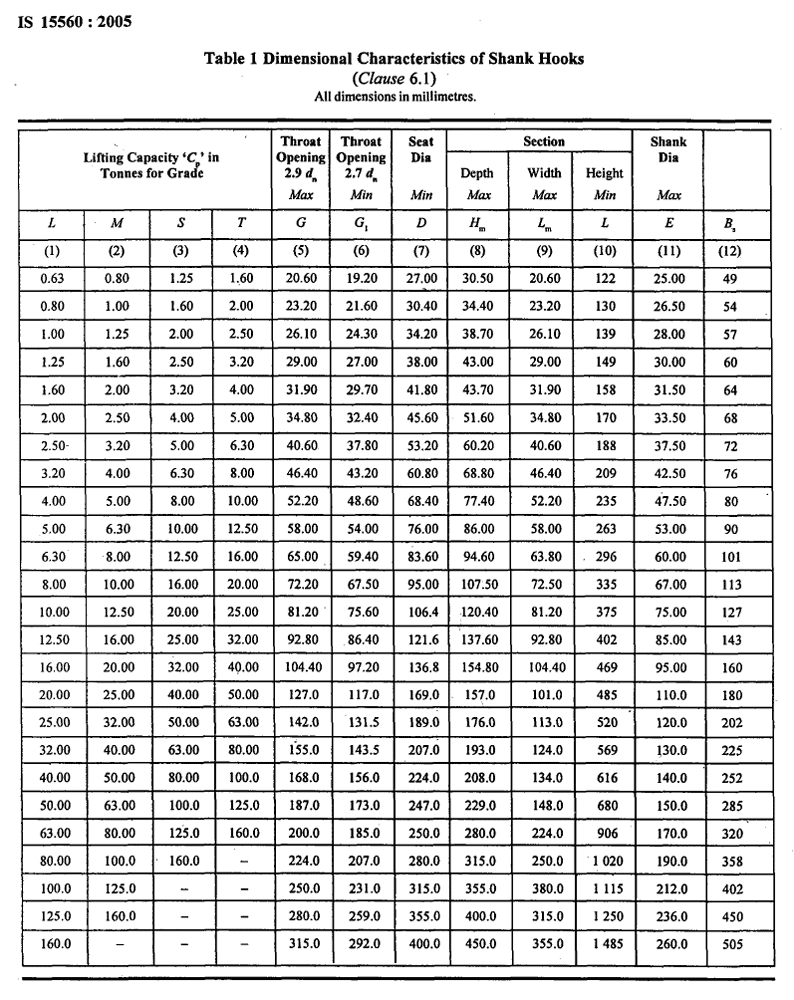CRANE HOOK
Crane hooks are critical components in heavy lifting equipment and are specifically designed to ensure safe and efficient material handling. Here are the key features of crane hooks used in heavy lifting Here's a breakdown of the specifications and key features that manufacturers typically provide or adhere to:
Specifications
Material
Forged Carbon Steel &
Alloy Steel
Heat Treatment: Quenched and tempered for strength and toughness
Load Capacity
Typically ranges from 1 ton to 500+ tons, depending on the hook type
Hook Types
Single Hook: For lighter or standard loads
Ramshorn (Double) Hook: For very heavy loads or equal load distribution
Clevis or Eye Hooks: Depending on the connection method
Safety Factor
Usually designed with a Safety Factor of 4:1 to 6:1, based on the Working Load Limit (WLL)
Dimensions
Throat Opening, Inside Height, Body Width, Shank Length (for shank-type hooks), Based on DIN or manufacturer-specific standards

Key Features
Latch Mechanism
Spring-loaded safety latch to prevent accidental detachment. Heavy-duty or self-locking latches for higher capacities.
Swivel Capability
Swivel hooks for rotating loads safely during lift. With or without bearing (bearing allows smooth rotation under load).
Markings
Clearly stamped with: Manufacturer name, Load rating (WLL), Serial number & Compliance standard
Wear Indicators
Wear indicators (grooves or marks) on the hook throat or body. Designed to show when the hook has worn beyond safe use.
Corrosion Resistance
Galvanized or painted surfaces for protection. Marine-grade options for offshore cranes.

